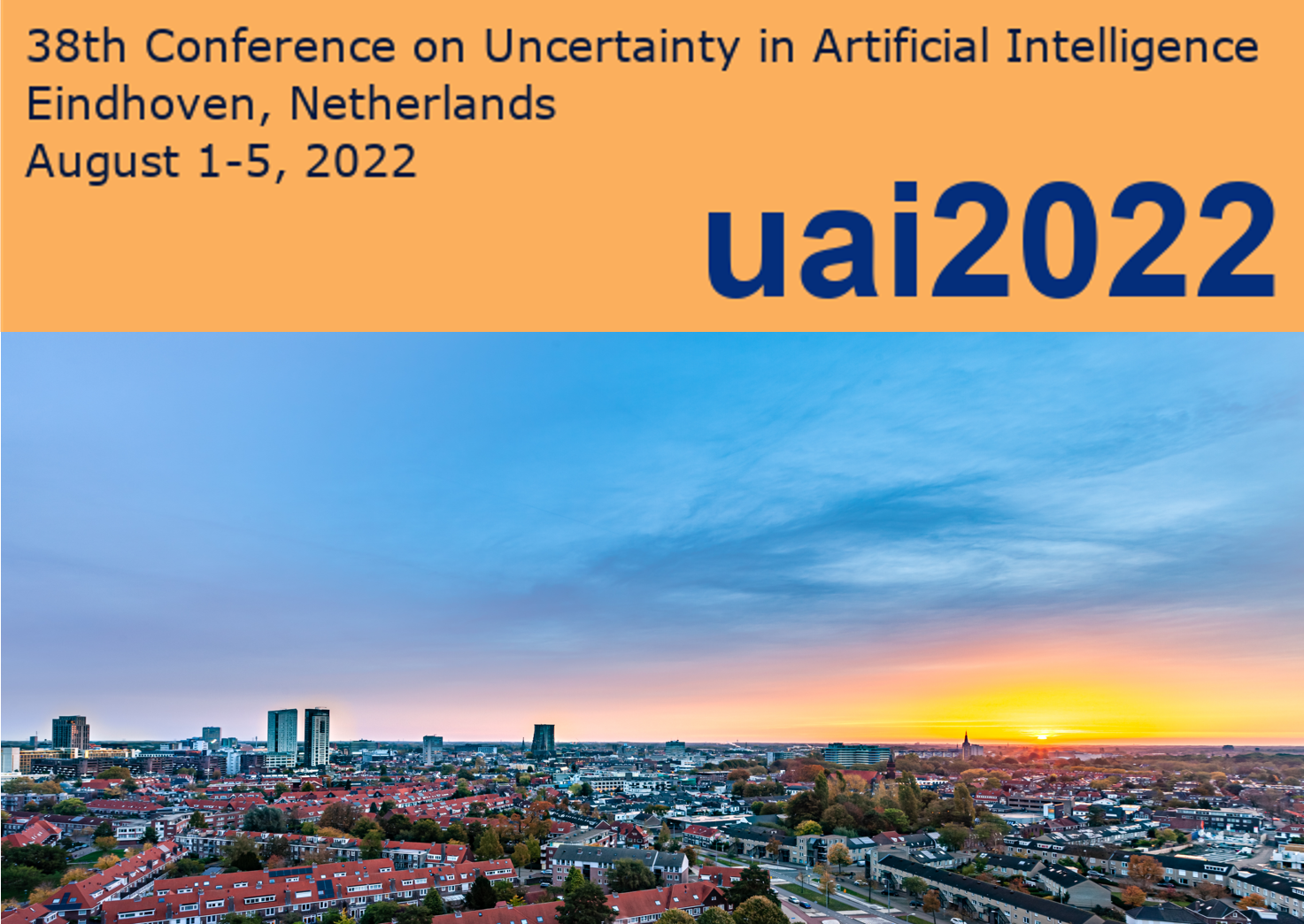Conference
Local Information
Program
Accepted Papers
Keynote Speakers
Tutorials
Workshops
Discussants
UAI 2022 Competition
Awards
Important Dates
Registration
Student Scholarships
Code of Conduct
Sponsors
Help

UAI 2022 - Accepted Papers
There will be 230 papers presented at the conference. The list of papers is below, together with the OpenReview page links. (These are not the conference proceedings. Papers may be changed/removed, so do not use this list as permanent).
The list above is provisional. Conference proceedings will be published by PMLR.




